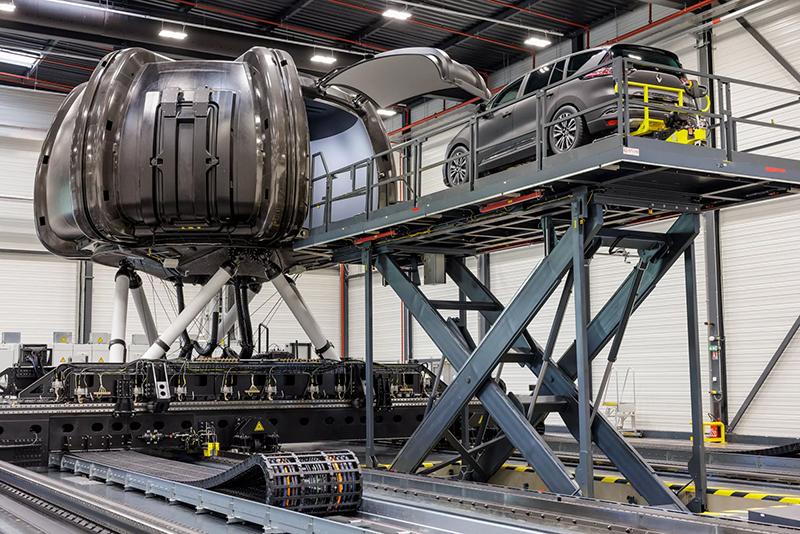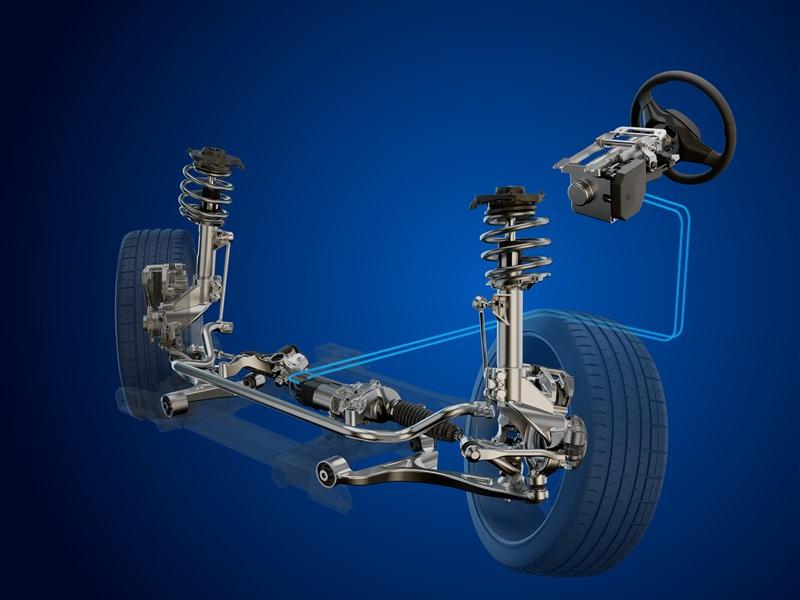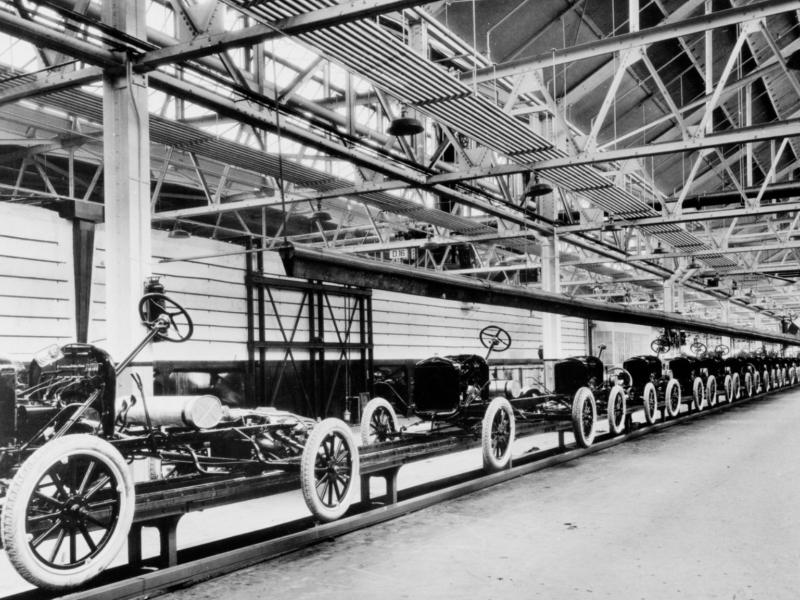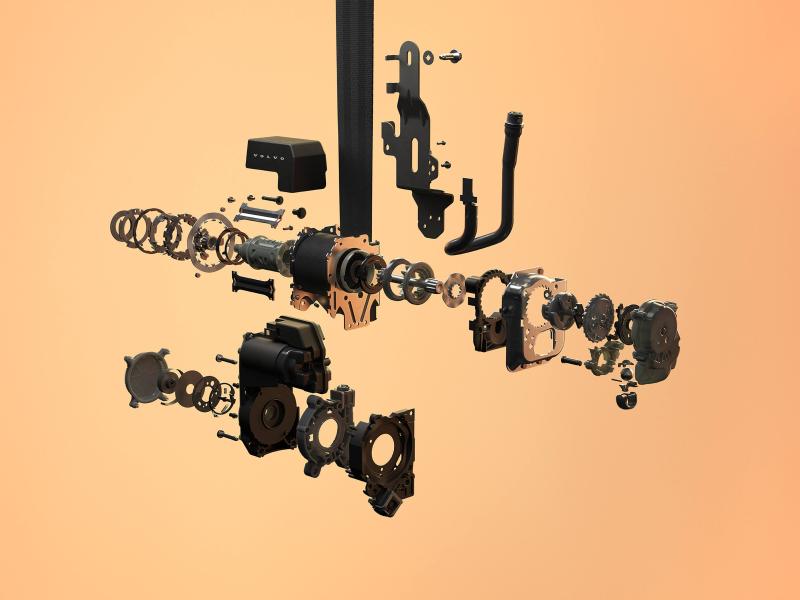Renault Group’s digital transformation, and in particular the prospect of the Software Defined Vehicle, are driving changes in simulation requirements.
After several years of work and €26 million invested, Renault Group has just inaugurated a building at the Technocentre, the heart of the Group’s Engineering, entirely dedicated to driving and immersive simulation, bringing together most of its tools and expertise. On this occasion, Renault Group is also unveiling ROADS, a brand-new immersive driving simulation tool, probably the most powerful in the world.
A building entirely dedicated to digital simulation
With the inauguration of a brand new 2,300 m² building dedicated exclusively to digital simulation and housing most of its immersive simulators, Renault Group is equipping its engineering department with a powerful tool to enable even more robust design, while speeding up the development process for vehicles from its various brands.
The accuracy of simulation rendering is such that it also considerably reduces development costs, particularly by reducing the need for physical prototypes.
Thanks to the integration of the digital twin, simulation comes into play not only throughout the development phases of the vehicle project, but also during the entire vehicle’s lifecycle, enabling updates or new functionalities to be developed and tested in complete safety.
Renault Group, a pioneer in digital simulation
For more than 25 years, Renault Group, creator of the SCANeR simulation software, has been one of the pioneers of digital simulation for virtually testing vehicle performance, defining Human Machine Interfaces (HMIs) and their ergonomics, validating safety functions, and studying driver behaviour and feedback.
Thanks to virtual reality, engineers can immerse themselves realistically in a digital vehicle without having to use physical prototypes, to test and validate the components, services, and on-board systems “designed on paper”.
For example, to assess and validate the lighting performance of our future vehicles, engineers no longer drive them at night, as simulators can faithfully reproduce both the environment and the dynamic rendering of the optics in this environment.
Renault Group has thus acquired unique expertise and co-developed numerous digital and immersive simulators. As technology has advanced, these simulators have evolved and are now capable of incorporating more and more parameters (other vehicles on the road, road conditions, weather, reflections, etc.) as well as life on board, such as the driver’s physiological data (fatigue, stress, etc.).
With roads, Renault group pushes back the boundaries of immersive simulation
By co-developing an exceptional simulator with AV Simulation1, ROADS (Renault Operational Advanced Driving Simulator), Renault Group is once again taking the lead in immersive simulation.
“The inauguration of our innovation centre dedicated to immersive simulation and our brand-new tool, ROADS, represents a significant step forward in Renault Group’s digital transformation. Against a backdrop of increasingly complex vehicles and on-board technologies, mastery of immersive simulation is a major asset to enable our engineers to create even more efficient vehicles, particularly with the prospect of the Software Defined Vehicle.”
Installed in a dedicated hall covering almost 1,400 m² and standing 12 m high, ROADS can house an entire vehicle in its dome, providing a 360° phygital immersion experience combining physical and digital elements.
Mounted on powerful jacks and sliding on 25 x 25 metre rails, with 90 tonnes in motion and accelerations of one G on each axis, ROADS reproduces precisely and faithfully the dynamic behaviour of any vehicle in any conditions: type of road, traffic density, interactions with other vehicles, altitude, weather, luminosity, and so on.
With ROADS, engineers can assess vehicle behaviour, performance, safety and driving aids at any stage in the vehicle’s development... on a completely virtual road or one that faithfully reproduces an existing road. The field of possibilities is infinite.
Human expertise at the service of immersive digital simulation
Renault Group’s brand-new Immersive Simulation Centre employs over 70 engineers.
Some of them are entirely dedicated to the Scenario Factory, a veritable scenario factory which can digitally reproduce a real road, create other completely imaginary ones, or even mix the two.
Others ‘build’ the digital twin, which brings together the characteristics of a vehicle, the modelling of its road behaviour and that of its driving assistance systems and on-board software.
The so-called “massive” simulations carried out in the Cloud then subject the digital twin to millions of road situations to test it in all possible conditions. And because the human experience is essential, the ROADS immersive simulator will allow real drivers to take a seat on board the digital twin, to prove that the behaviour of the vehicle under development will meet the expectations of future customers.






